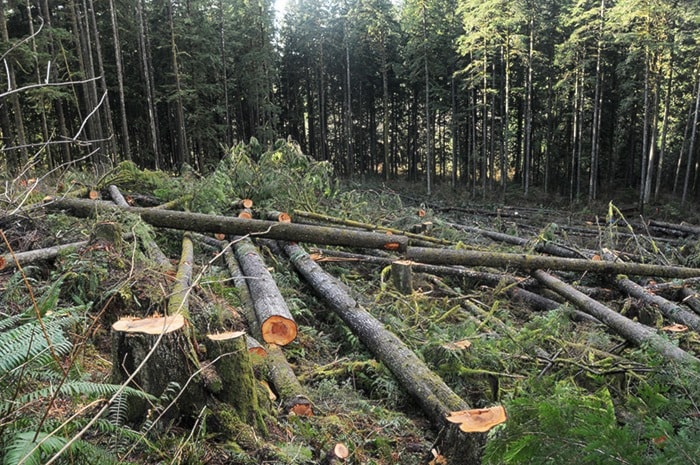The way Geoff Clayton sees it, with B.C. Hydro’s $800-million Ruskin Dam rebuild and the $800 million Interior-to-Lower Mainland transmission line underway, there should be enough spare cash around for a $3-million fish ladder.
The latter would cost about the same as “the swizzle sticks on the top floor of the board of directors,” says the president of the Alouette River Management Society.
“We’ve got an $800-million project on the Stave [the cost of rebuilding Ruskin Dam] we’ve got an $800-million project for the … transmission line and we can’t find $3 million for a fish ladder on the Alouette? There’s something wrong here.”
The river group wants the ladder to allow sockeye salmon to cross the B.C. Hydro dam into the lake where they can spawn and rebuild the run.
The sockeye have been landlocked in the lake since 1926 when the dam blocked access to the Alouette River and the Pacific Ocean.
Clayton came up with the idea Friday as B.C. Hydro, contractor Flatiron-Graham, and Ministry of Forests, Lands and Natural Resource Operations representatives toured logging sites near the South Alouette River.
The group visited to address ARMS’s concerns about clearcutting that took place up to the edge of several streams.
Removing trees from stream sides will raise water temperatures, lead to erosion and cut nutrient sources for the streams.
The clearing was part of Flatiron’s blazing of a right of-way through the forest to allow the twinning of B.C. Hydro’s transmission line from Merritt to Coquitlam.
Clayton said that a fish ladder on the Alouette dam at the south end of Alouette Lake would also allow other species of salmon and trout to move between the lake and the river.
That proposal, though, is still in the middle of a multi-step evaluation and Hydro doesn’t know when a business case will be developed or when it will be considered by the board of directors.
That could be a major tourist attraction, where people could watch fish fighting to get up the ladder and into the lake.
“We would like to have a viewing tower.”
It’s a highlight of other similar tourist attractions, he said.
The clearcutting practice, though, is standard and is being done with care, B.C. Hydro community relations manager Donna McGeachie said earlier.
“It’s normal to bring right-of-way clearing to the edge of streams and rivers,” she said in an e-mail.
Trees are felled to ensure power line reliability. And clearing hasn’t yet reached the Alouette River, she added.
Clayton understands the rationale, but says the clearcuts that cross Blaney, Spring, Millionaire and McIntyre creeks, and soon the North and South Alouette rivers, will hurt water quality and fish.
“You take away the shade. You take away the trees along the river. How do you call that minimal?”
He knows the trees have to be cut basically to the ground, beneath the new line, which will have lower towers, but thinks there still has to be ways to minimize the impact.
One method is to remove the felled trees by helicopter, which B.C. Hydro is considering.
A Hydro spokesman said low-growing shrubs and conifers less than two metres tall are left in the streamside areas, while replanting with willow seedlings could also take place.
“The intention is that the right of way will be cleared in riparian areas such that natural vegetation can regrow and the transmission line be operated safely and reliably,” B.C. Hydro e-mail said.
Clayton said B.C. Hydro has a mandate to follow best environmental practices and while people realize power is needed, “Are we saying as the general public of B.C., that in order to get power, we don’t care?”
With the new transmission line using shorter towers, he’s also concerned about the risk of power drifting towards the ground when weather conditions are damp. But B.C. Hydro didn’t know how high the towers would be.
The clearcutting also has removed trees where the powerline right of way crosses Fern Crescent heading into Golden Ears Provincial Park.
“It’s going to be an ugly clearcut visible by all the people coming into the park,” Clayton said.
The Interior to Lower Mainland Project is a new 247-kilometre, 500 kV transmission line mostly along an existing right-of-way between Merritt and Coquitlam.
It should be in service by January 2015 and is B.C. Hydro’s largest expansion project in 30 years.
